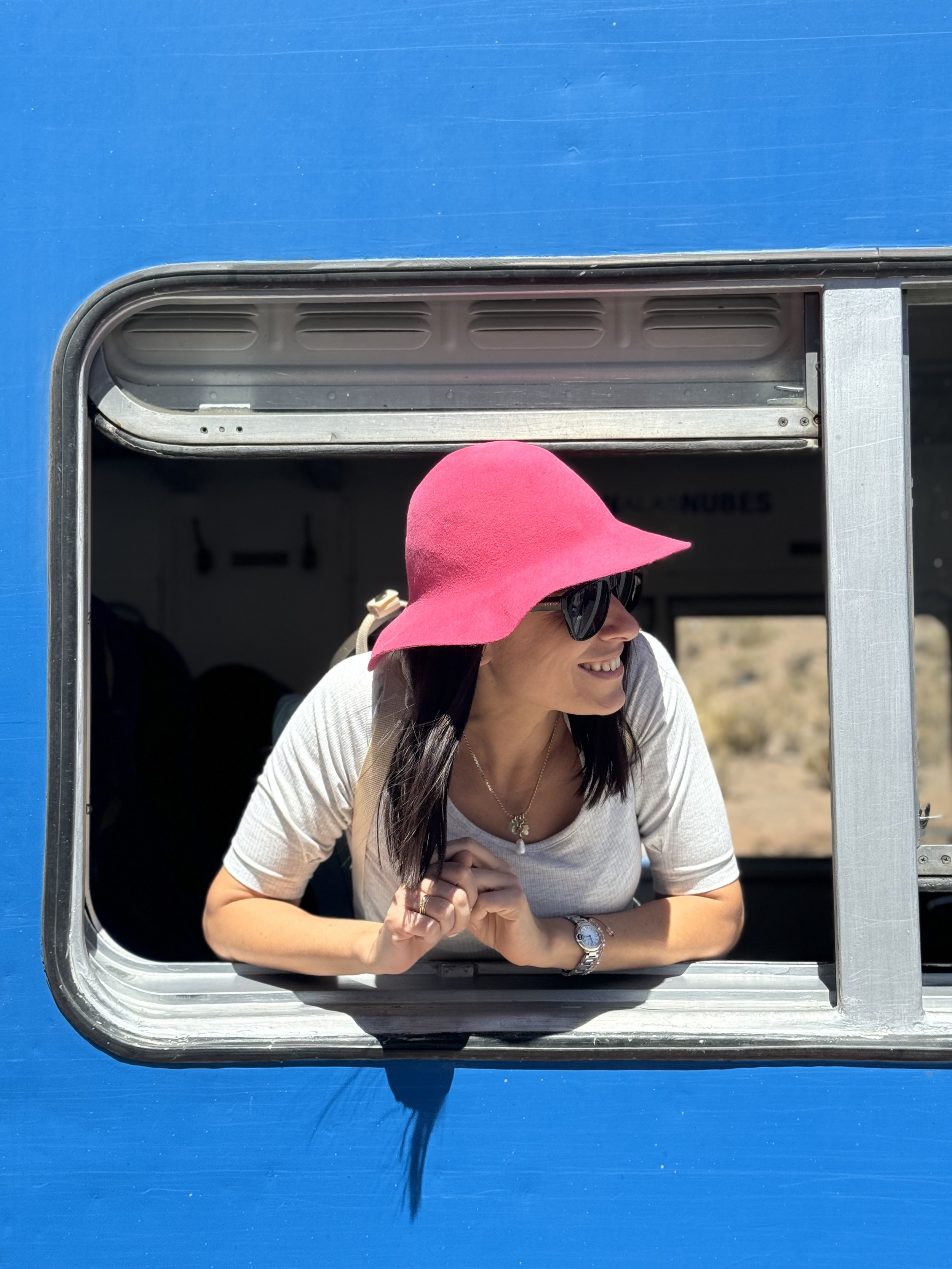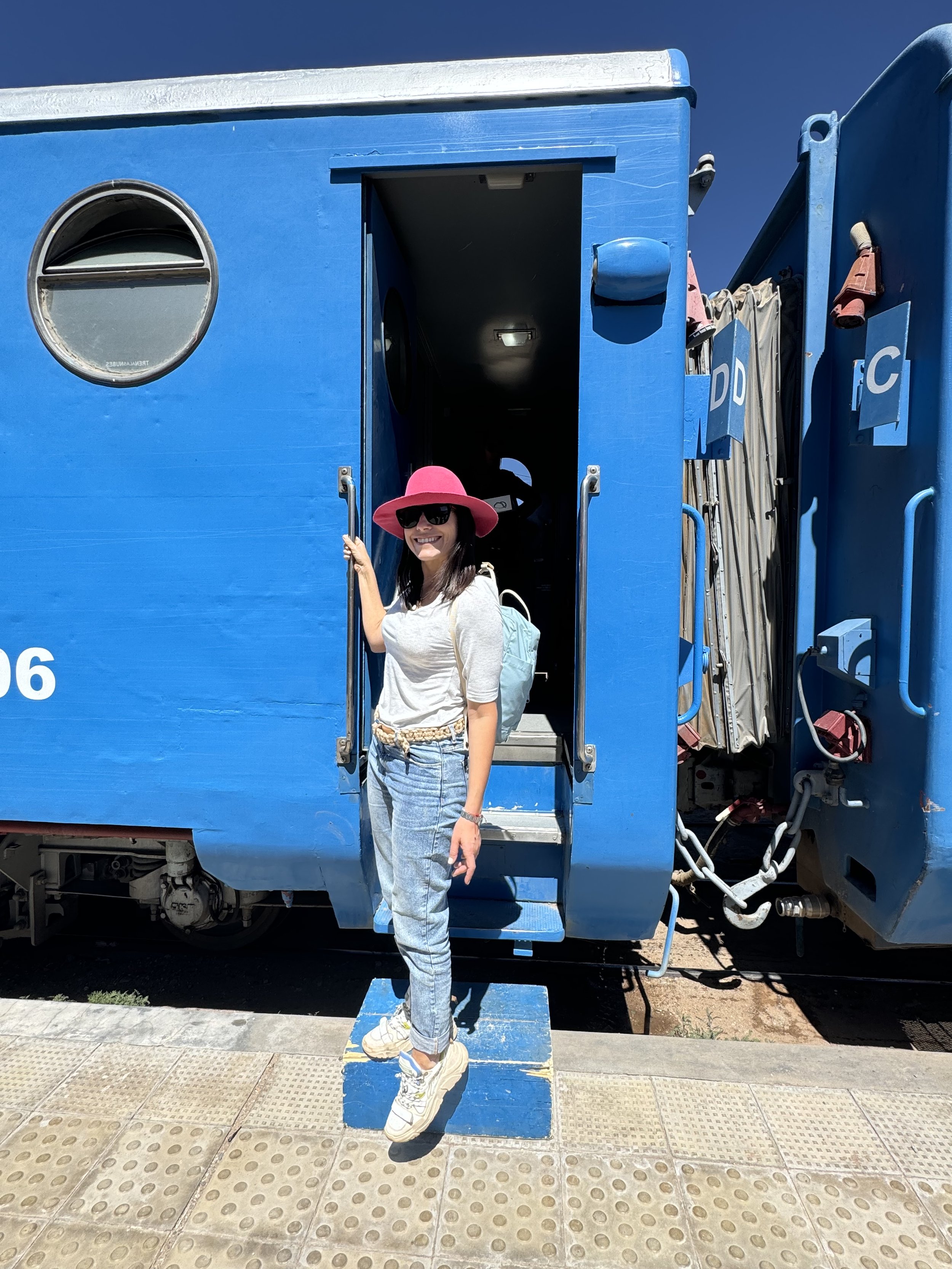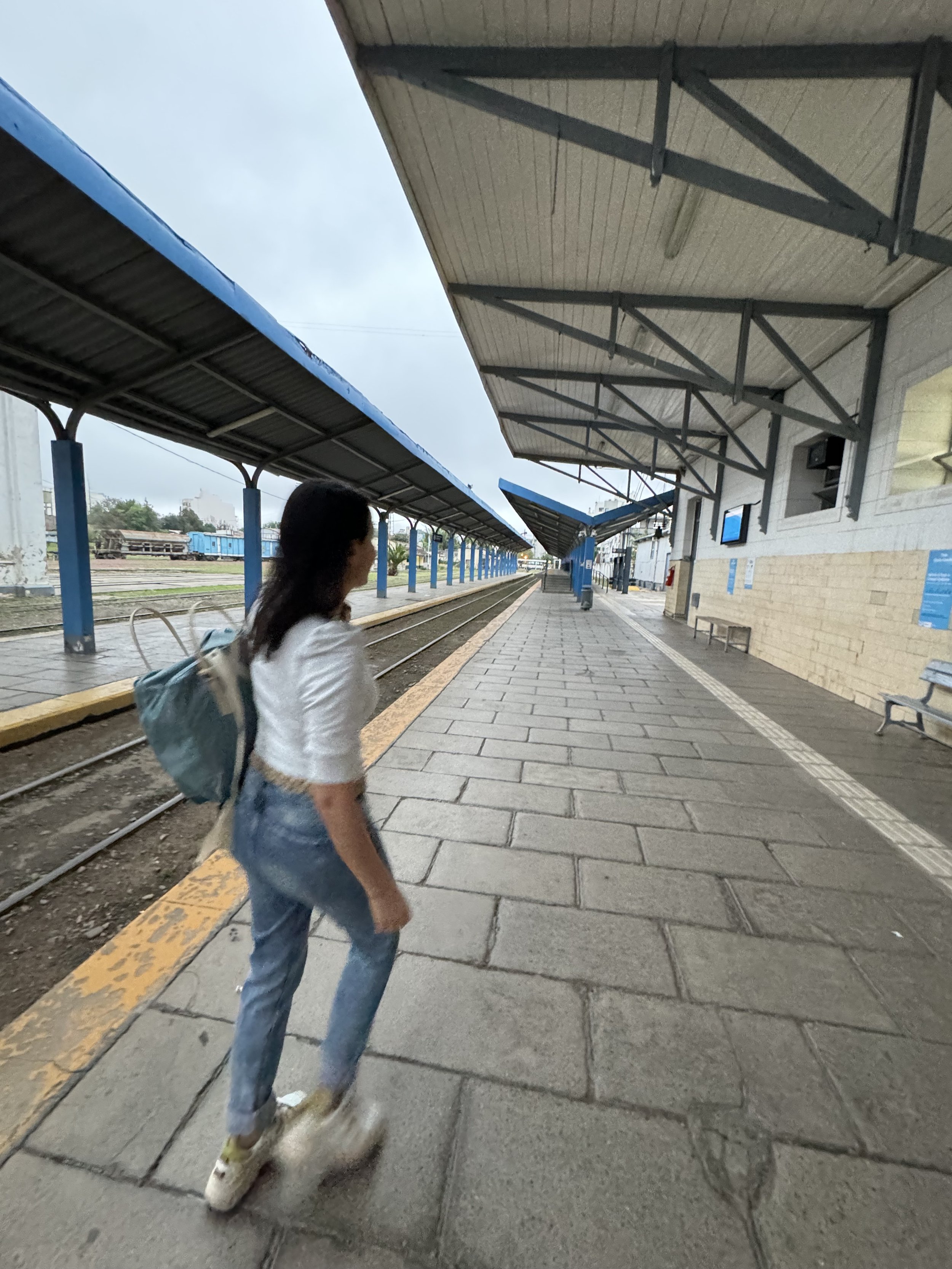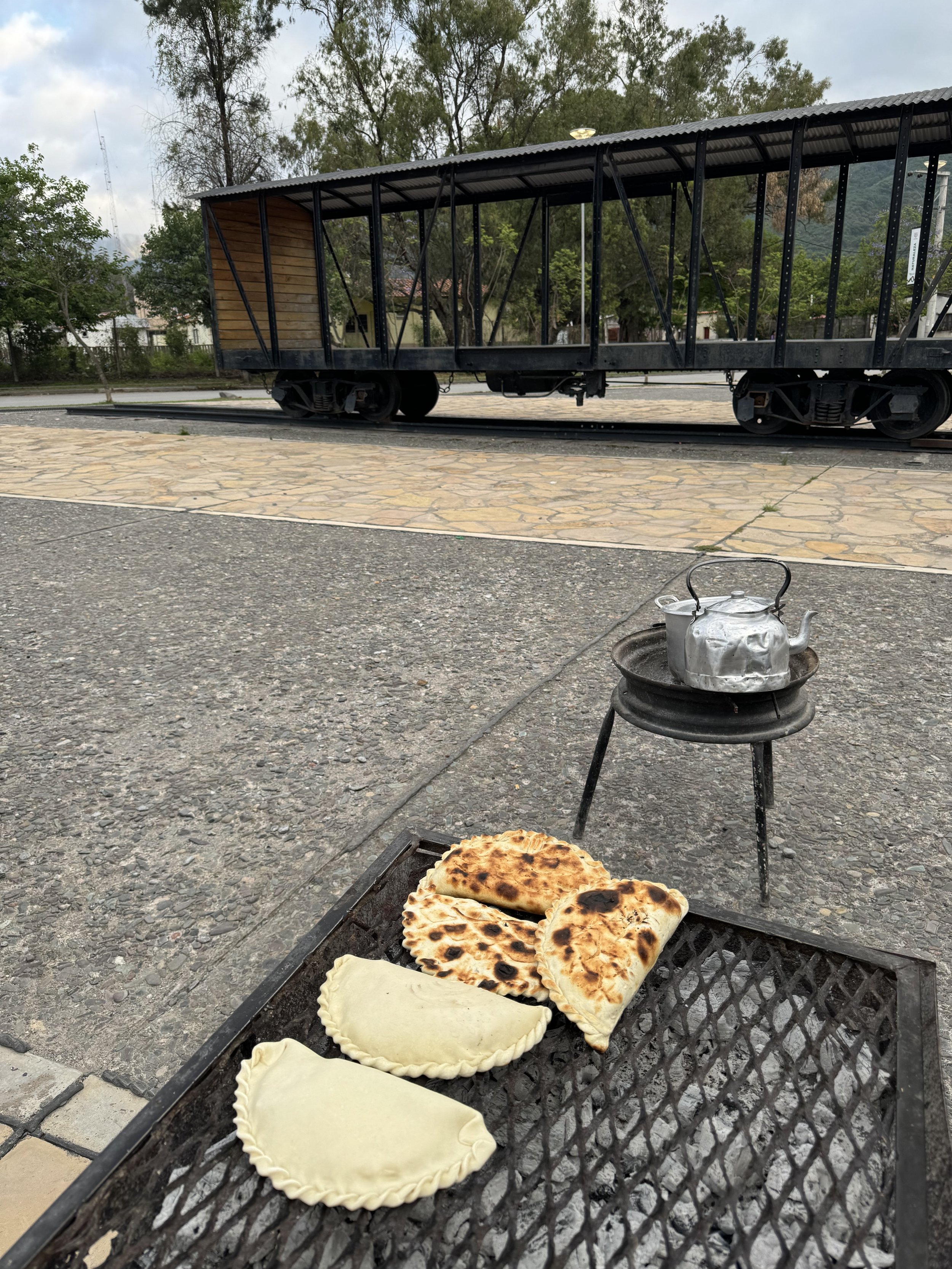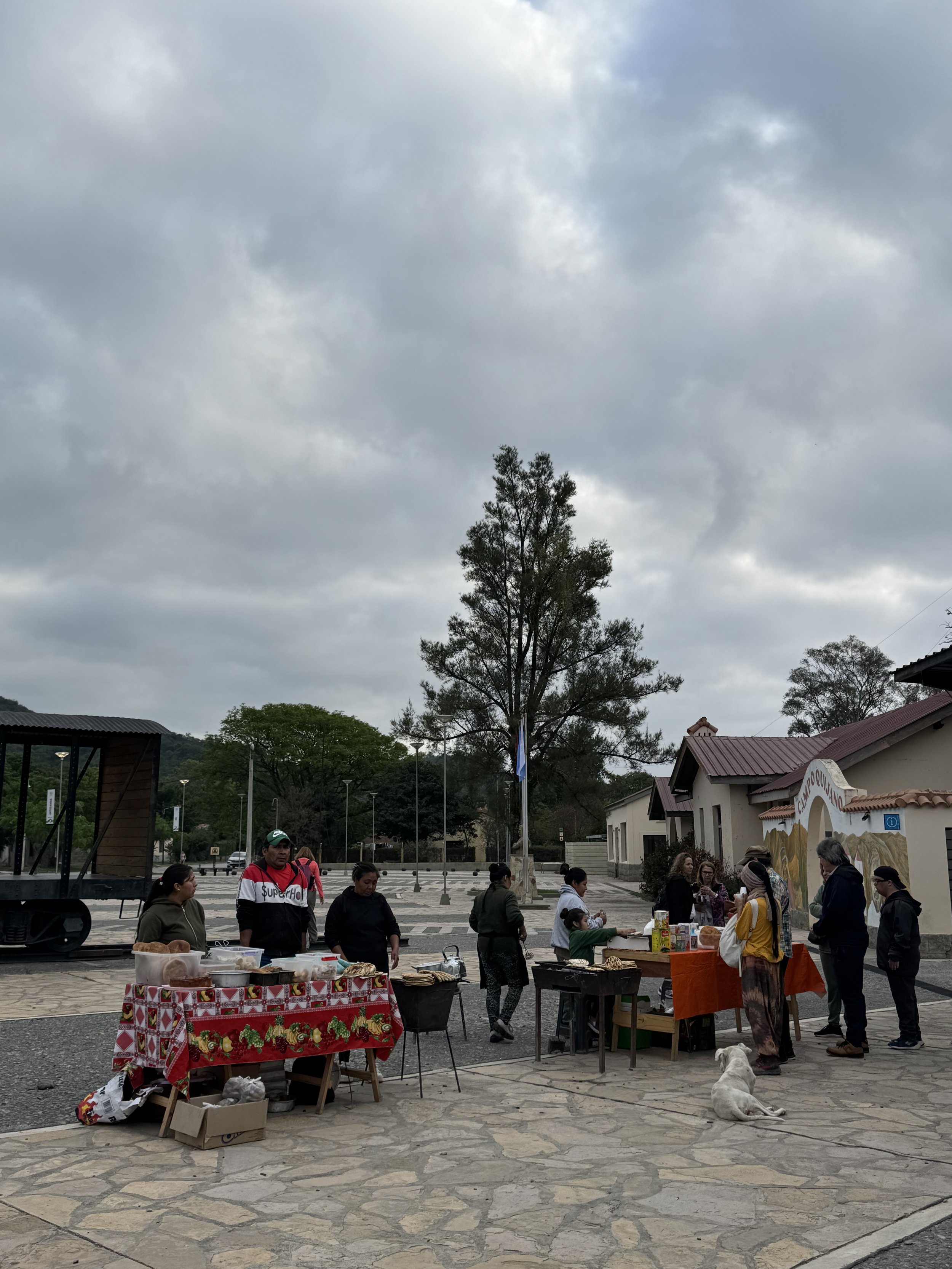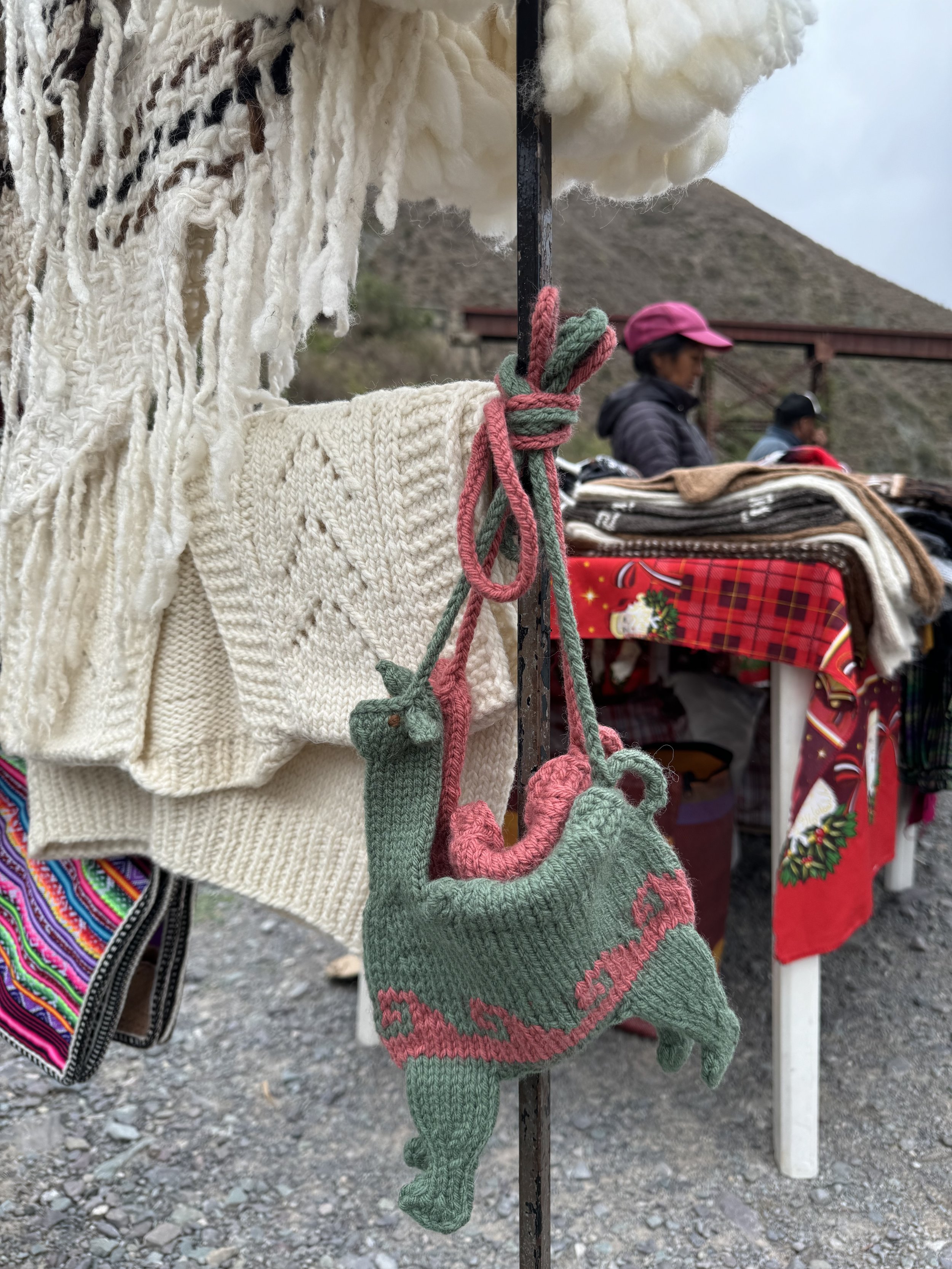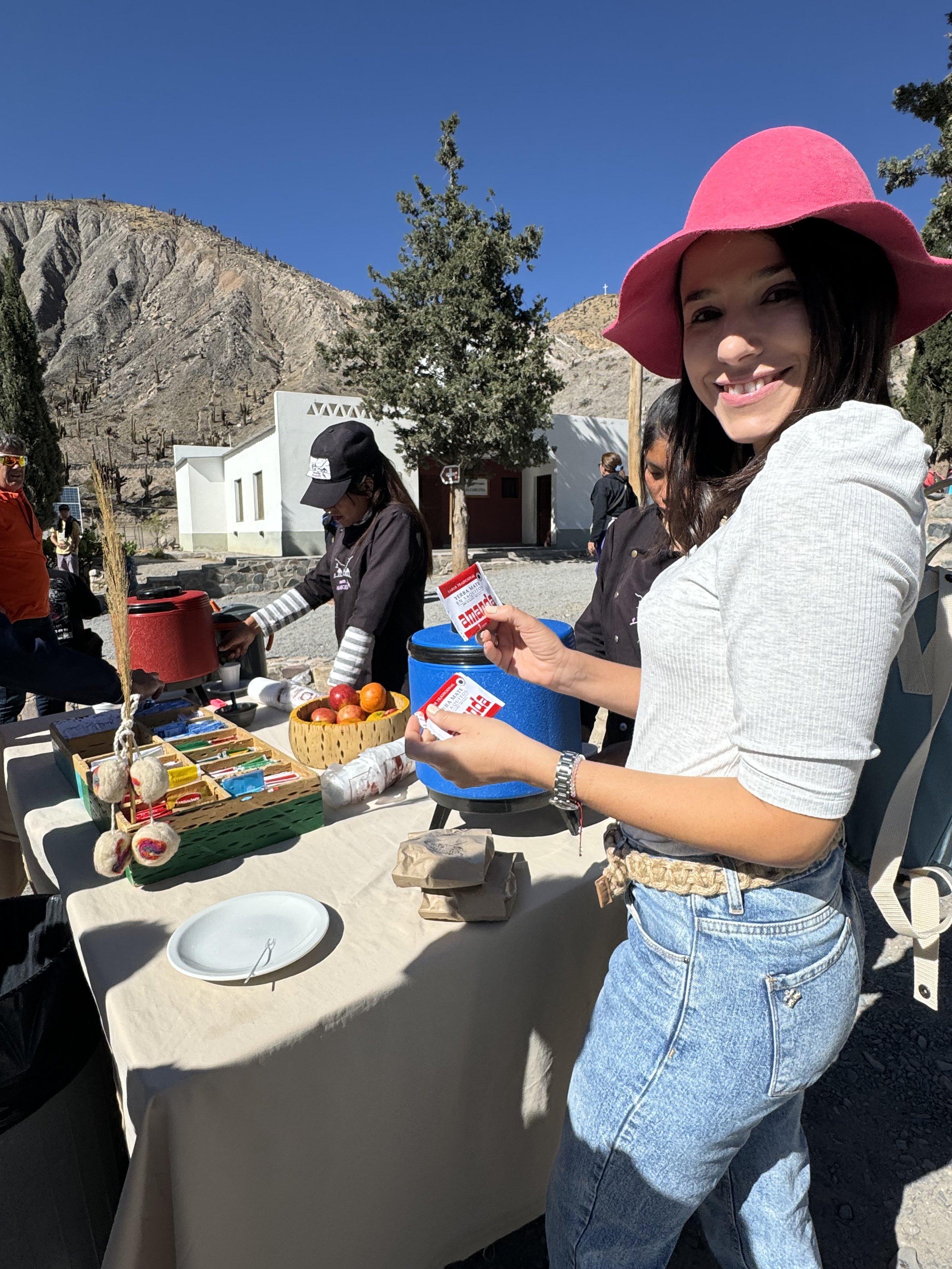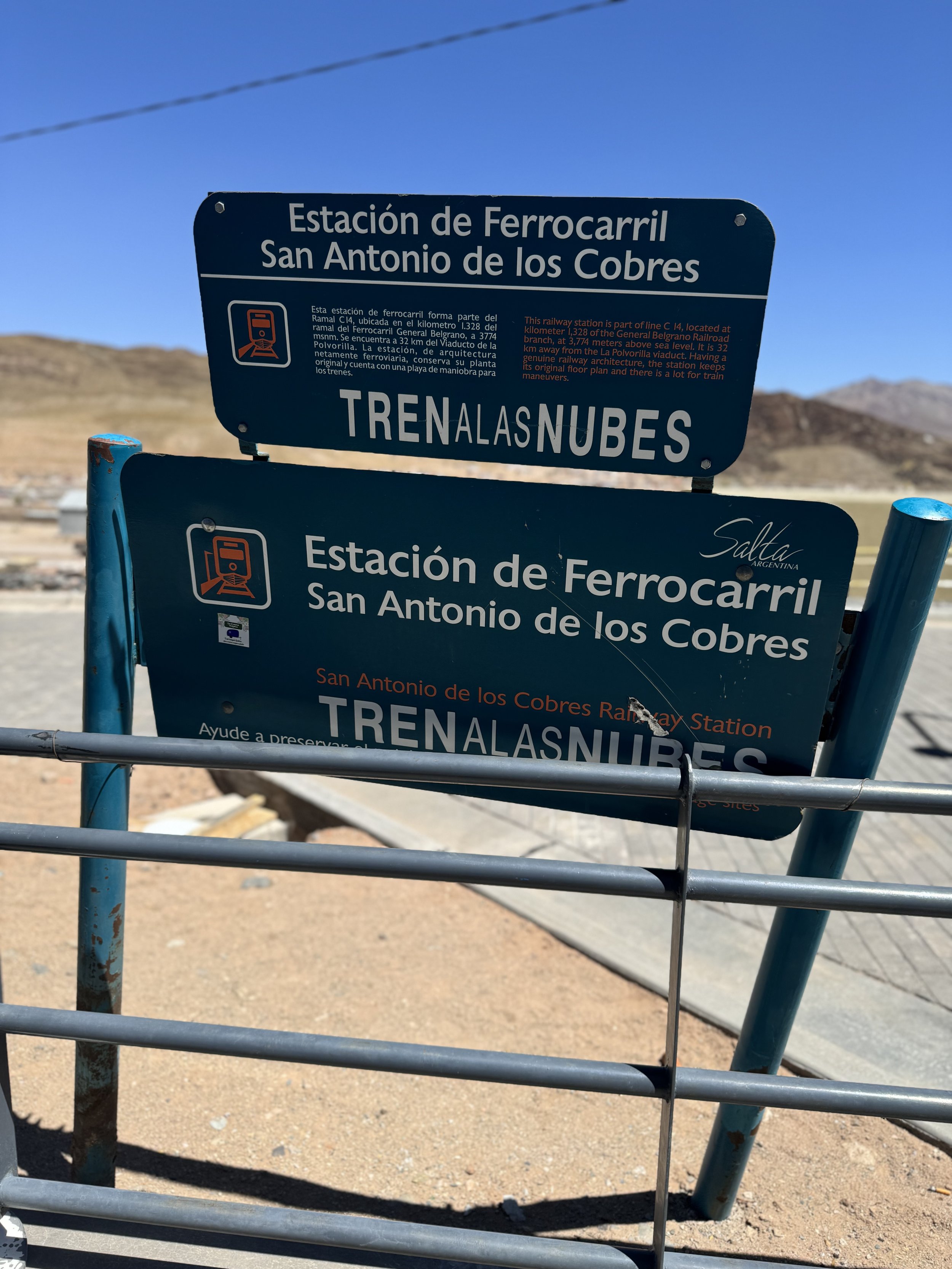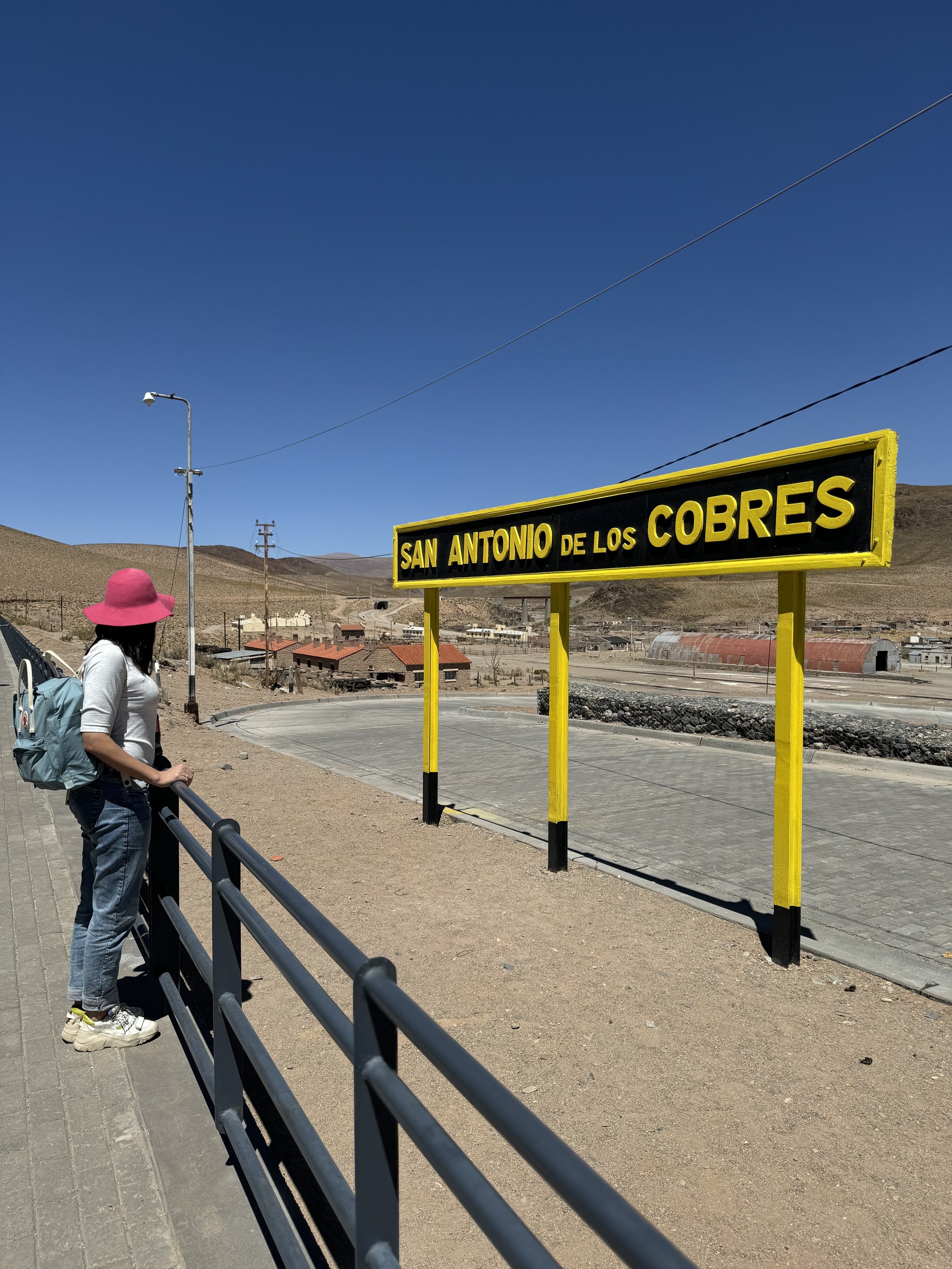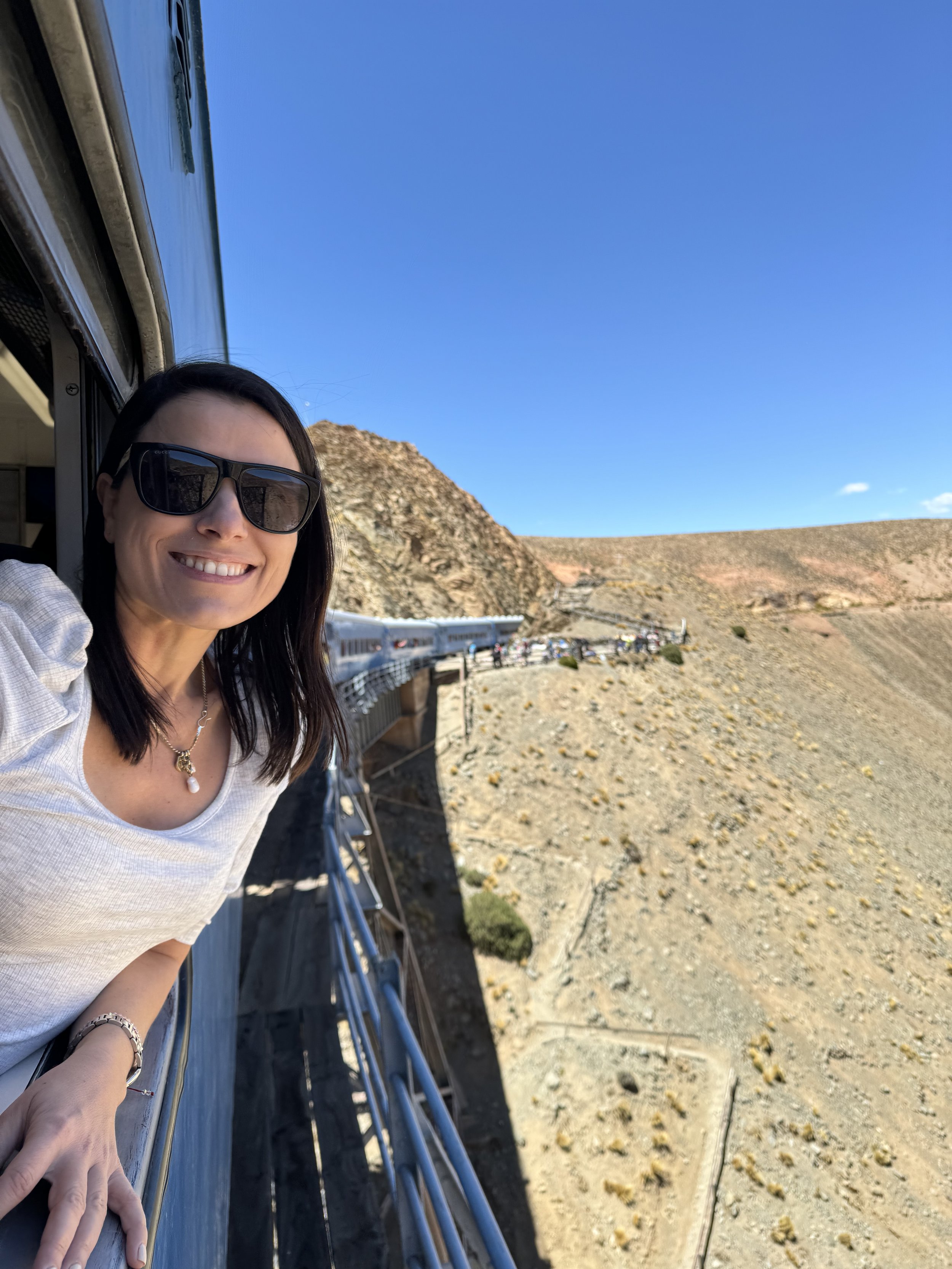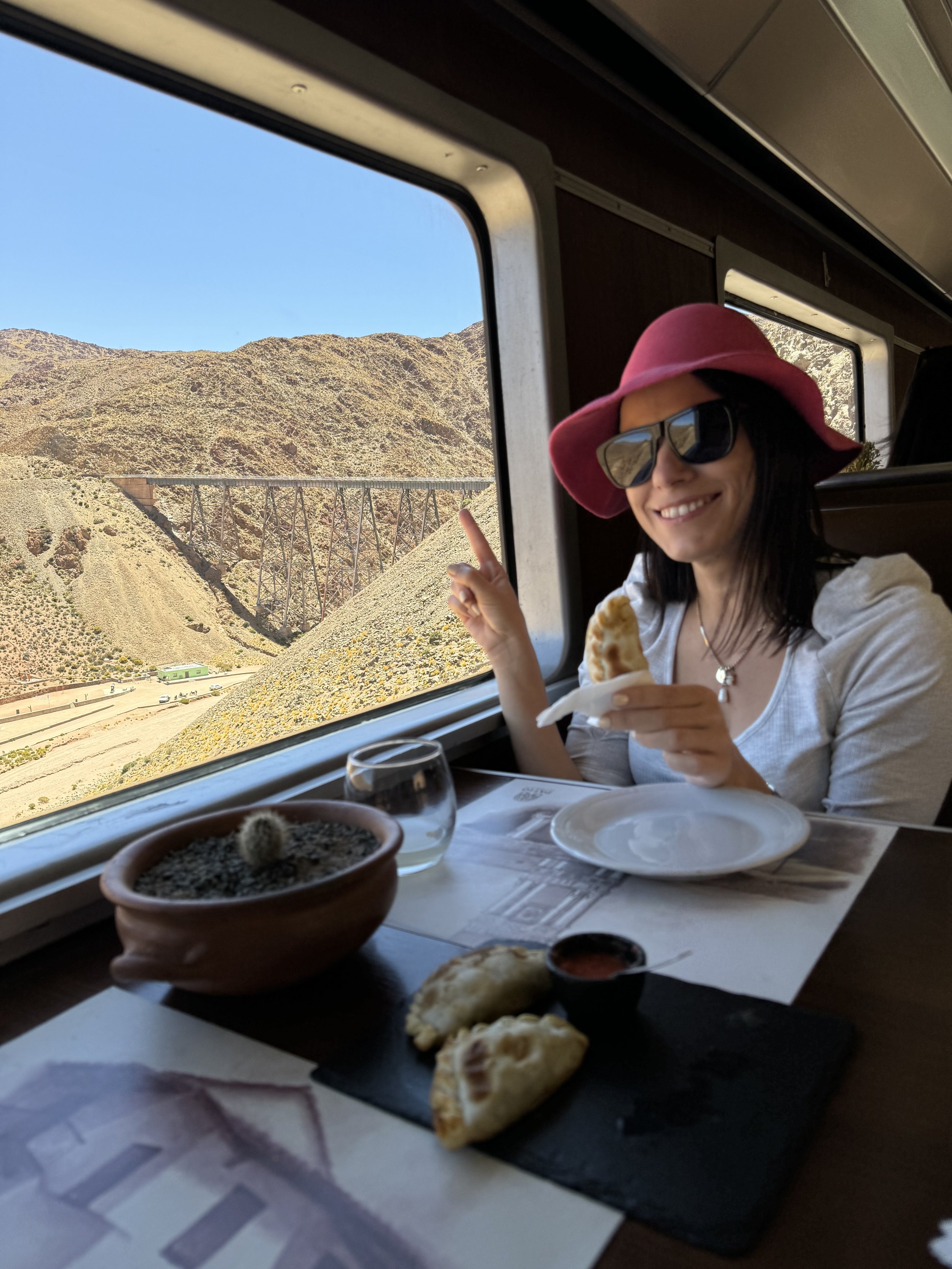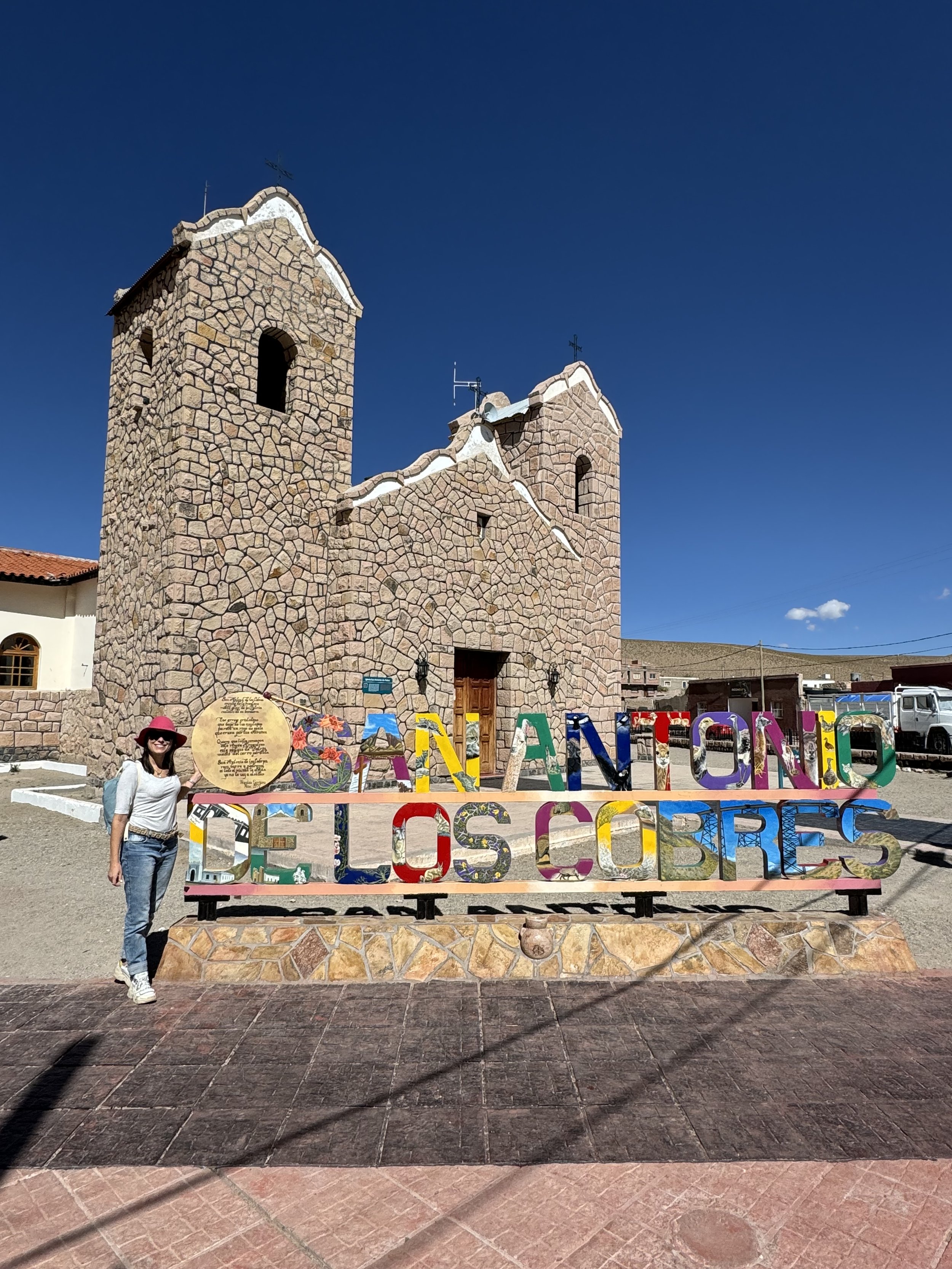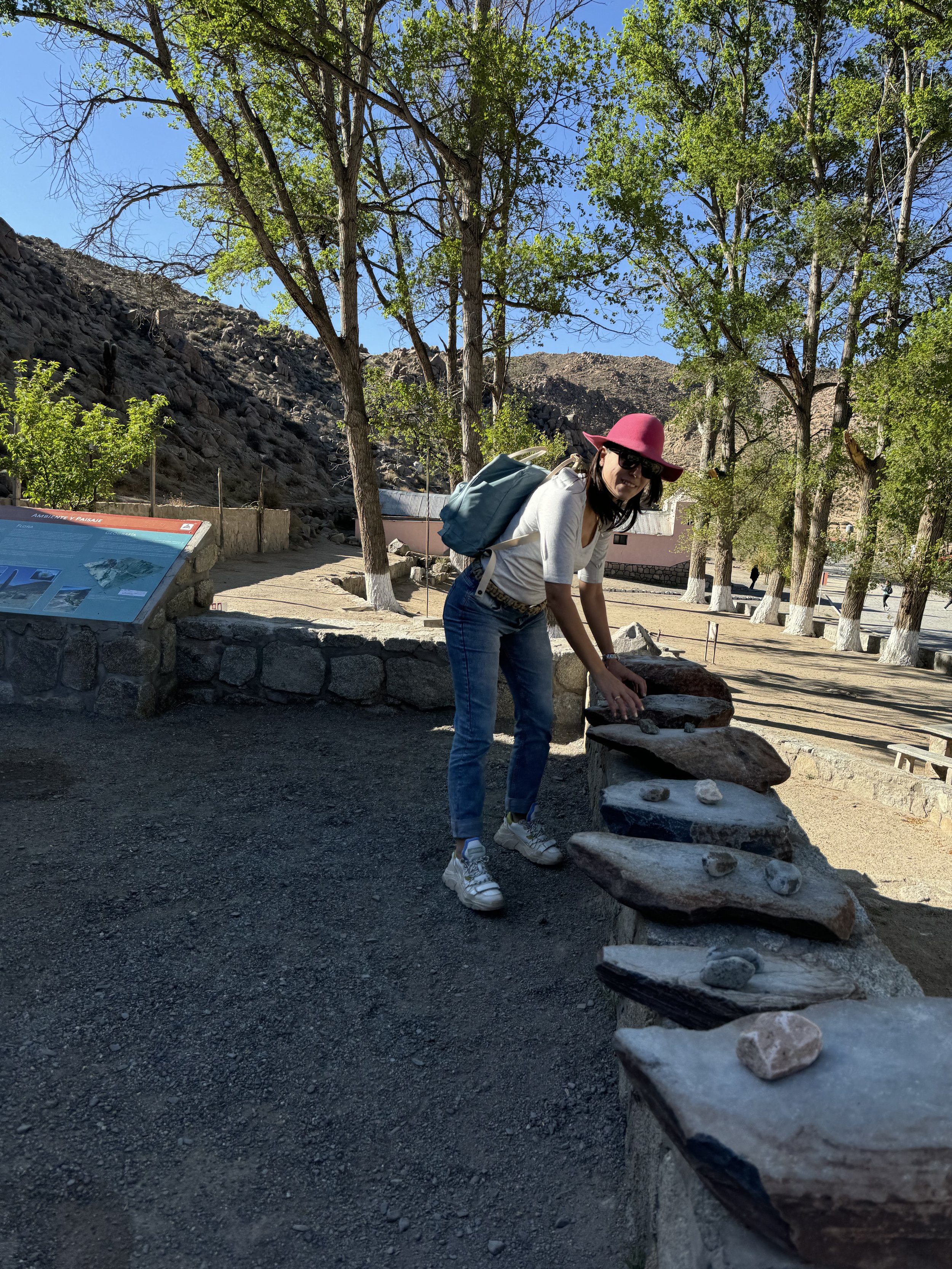Tren a las Nubes
The most famous Salta experienceBeing from Salta, it is only natural for us to feel proud of our cultural and geographic icons. There are many examples of our outstanding gastronomic, folkloric, musical, and what to say about the landscape.
It is true that we from Salta are not very modest when referring to our land, since it gives us great satisfaction to have so much beauty in our surroundings. And the Tren a las Nubes experience is part of that satisfaction.
To begin with, for its history, for the feat that its materialization meant, as well as for the adventure of reaching the altitude of 4,220 meters above sea level, in the middle of the stoic Salta puna, with its copper-colored plains and small weeds; and for the outstanding experience that today proposes the full-day tour from Salta.
It is a high mountain train that crosses and overcomes the difficulties of the landscape of the Andean foothills. It is part of the railroad that linked Salta city with Antofagasta in Chile, through the mythical border crossing Socompa, very close to the homonymous volcano, neighbor of Llullaillaco.
It is one of the highest railroads in the world.
The Tren a las Nubes offers two alternatives, either departing from Salta city under the variant bus - train - bus or the one that departs directly from San Antonio de los Cobres that only includes the railway part itself.
The first proposal is very complete, a very entertaining day trip, in which everything is planned for the visitor's comfort.
The tour starts early in the morning, before 7 am, for the check in. It is essential to bring valid identification, which is required to board.
Comfortable buses are provided, equipped with restrooms and medical assistance throughout the trip.
The consequences of high altitude can arise at any time, so the train team includes paramedics in each transport plus an ambulance that accompanies the convoy throughout the circuit. Another important fact is the cortege of 4 x 4 vehicles that support the transfer service.
Beyond the services provided by the company for passengers, it is important to take very simple measures to avoid the so-called “soroche” or altitude sickness. First of all, take it easy, walk slowly, try not to get too agitated, so as not to subject the body to stress. In addition, a light diet is essential not only during the excursion but also the day before.
In addition, it is also advisable to buy the coca candies sold at the train stops that help with altitude sickness, as well as coquear, an ancestral practice typical of northern Argentina that consists of keeping coca leaves, in the form of acullico, in the mouth, which helps to reduce fatigue and sleep and not to decay.
Another important suggestion is to take sunscreen and sunglasses, because in the high altitude of the puna you feel it strongly.
The buses take National Route 51, making a first stop in Campo Quijano, the town that served as a base camp during the construction of the railway system.
Then, a stop at Viaducto del Toro in Quebrada del Toro, the longest railway bridge of the C-14 branch, to take some attractive pictures.
During the tour, Luciana, the bilingual guide, told us important facts about the tour, the landscape and the history.
We continued towards the town of El Alfarcito. There, a rural breakfast served by the local community awaited us, with the assistance of the children who attend the Alfarcito boarding school, created by the unforgettable Father Chifri.
The tour is not only limited to the railroad, but combines the enjoyment of the different landscapes that are visited (the yungas or high jungle, the ravines and the puna or desert in the high plateau) and a cultural interaction with the communities that live there.
We were delighted with an infusion of mate cocido to accompany the tasty regional snacks that make up the breakfast, while admiring the beauty of the place.
We continued our journey through Quebrada de las Cuevas and the Muñano plains to San Antonio de los Cobres, the capital of the Salta puna.
From there, the train leaves at 12 noon. Before boarding, we got lost among the stalls to buy souvenirs, thus collaborating -through our purchases of sweaters and llama socks- with the locals. The offer is not limited to the typical souvenirs, you can also find fun objects and fabulous fabrics. In addition, some very nice children were offering hot tortillas filled with ham and cheese. We couldn't resist the temptation and we enjoyed them, they were delicious!
In each carriage a guide from the local community provides curious facts about the illustrious railroad. In our case, it was Amalia, born in puna, in the town of Tolar Grande, the one we got to know during our Puna Experience, who with passion and sense of belonging told us the story of the heroes who built the branch line.
The train travels through the foothills towards the famous Viaducto La Polvorilla, passing through Mina Concordia. It was there that Mr. @tripticity_ reminded me of its history. “It is a pre-Inca vein rich in silver of the highest purity, only 3 kilometers from the Viaduct.
One of its exploiters, in the mid-19th century, was Colonel Moisés Lozano. When he bought it, he saw the hill full of human bones metallized by silver arsenide. The constant water seepage caused countless landslides. Then it was called, forever, Socavón de los Muertos. Lozano recorded the memories of his oldest miners until he found the year 1526, when Sebastián Gaboto suffered a mutiny near present-day Buenos Aires. In punishment, he abandoned his four captains on land and continued upriver. According to Moisés Lozano's findings, these captains survived and walked north until they came across the most civilized and richest tribe of the time, thanks to the silver that was already being extracted from the Socavón de los Muertos. The four captains set out on their return journey with samples of silver of the highest quality and met Gaboto at Sancti Spiritu, his fort in Santa Fe. Gaboto then returned to Spain in 1530 with those samples, which proved the myth of 'the silver sierras'. King Charles I then authorized the expedition of Pedro de Mendoza and Martín del Barco Centenera published the poem “Argentina” in 1602. In other words, what Lozano was assuring is that the name of our country was born in this lost sinkhole in the puna, which can be seen under the track, to the right of the abandoned irons”.
Listening to him with the locomotive running behind was a gift that I received with gratitude.
Then they announced that we were about to arrive at the Viaducto La Polvorilla. Amalia told us that when the first train had to cross it, there was a raffle, because it was a brave mission. The locomotive driver who was assigned such a huge task told that during its passage, a symphony was produced when the almost 1600 tons of steel settled and finished settling on the ground. All of us in the carriage were moved, of course.
The railway bridge, one of the highest in the world, has the particularity of being uphill and curved. The monumental work of engineer Richard Maury connects the Abra between the Eastern Cordillera and the Sierra de los Pastos Grandes.
Amalia indicated that we should change seats so that we could all have the longed-for photograph, which was a very good idea.
The stop at the panoramic point to appreciate the Viaduct with intensity was outstanding. There, several women were offering their handmade products. Another opportunity to be tempted with a hot tortilla, this time with cheese and tomato. Delicious! At that moment, the Song to the Flag began to play, while the flag was being raised there on the top. La Aurora, as in childhood, moved the visitors once again.
During the return trip we wanted to know the gastronomic proposal of the dining car offered by the train. We ordered a set of empanadas. Yes, we never applied to ourselves the recommendation to stay light by eating little.
We also took the opportunity to visit the train store, with souvenirs to take away and the post office on board.
A highlight is the cleanliness of the carriages and toilets.
IOnce at the station, we were guided to take the buses that took us to the center of the puna capital. Once in San Antonio de los Cobres we were offered a free time of almost an hour to walk around or have lunch. A nice option is to visit the Andean Regional Museum.
n our case, we decided to visit Doña Cirila's gastronomic proposal.
It turned out that the bus parked right in front of the restaurant Los Patitos with its beautiful mural of native scenes. It was a real temptation. Cirila invited us in and we decided to honor her. There we had some fantastic quinoa and vegetable croquettes accompanied with hot sauce and verdeo. We highly recommend their bathrooms, comfortable and hygienic.
On the way back to the city of Salta there is a very interesting stop in Santa Rosa de Tastil.
An additional detail, when we got on the bus, a generous snack with appetizers and infusions awaited us.
Once there, we were able to make a quick visit to the Site Museum and Handcrafts at Primitivo's store.
In Santa Rosa de Tastil is also located the huge archaeological site of Tastil, to be visited on another occasion, because in the framework of the Tren a las Nubes tour there is not enough time. This town in the Quebrada del Toro has a lot of wealth and attractions to offer, as it was a pre-Inca metropolis and later became part of the Qhapaq ñan, the Inca Trail.
The return to the city of Salta took about two hours more, arriving after 7 pm, after a day of extraordinary landscapes with an excellent service provided by all the staff of the Tren a las Nubes, who are proud of this icon of Argentine history, in operation since 1972. It was not only a railway experience, but also a scenic and cultural one.


